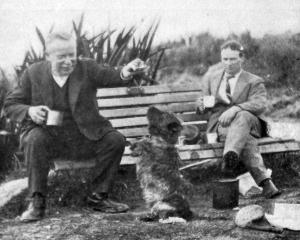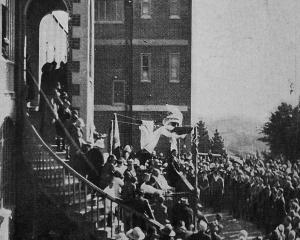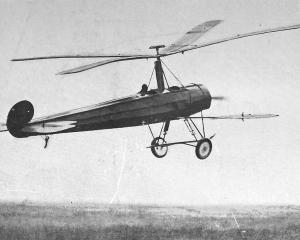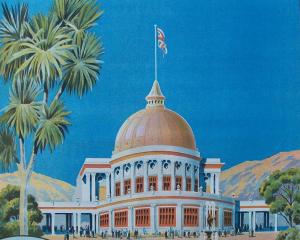The era of the great steamships, which are comparable to floating hotels and palaces, has made comparatively light in our generation of the perils of the Atlantic passage. The percentage of marine disasters has not been considered very impressive in comparison with the enormous proportions to which ocean traffic has grown.
Confidence in the immunity of the modern leviathan against all the ordinary measurable dangers of the sea - the fury of wind and waves - has never seemed more justified than to-day.
Unfortunately there are ocean dangers which none can foresee or altogether guard against. Most dreaded among these are the fog and the almost submerged ice derelict.
It is the latter foe to navigation that has sent the Titanic to her doom. Veteran Atlantic voyagers are reported to have stated that they have never seen the ice so far south as at the present time, and the imagination can picture nothing more fearsome than these vast, low-lying, relentless bergs drifting unseen, night after night, across the great steamer routes, like a silent and ghostly invading army from another sphere.
The loss of the Titanic is not to be an ocean mystery, but, in view of the appalling loss of life and of the size of the vessel involved, it must rank as in many respects the most terrible wreck on record.
But a few days ago this noble vessel, which had cost over a million of money and represented in her mammoth dimensions and magnificent appointments the last word in modern shipbuilding, and with her sister ship the Olympic shared the honour of being the pride of Great Britain's magnificent mercantile marine, set out from Southampton on her first Atlantic voyage.
The sequel so briefly following, so baldly, confusedly, and pathetically announced to the world by cable messages which at first held out some false hope that the vessel might be kept afloat, has been stupefying in its suddenness and horror.
Out of a ship's company of more than two thousand persons it seems to be estimated that nearly 1500 lives, or nearly three-fourths of the total carried, have been lost. In the case of those who have been saved in the boats wireless telegraphy appears to have played a useful part in bringing rescue ships upon the scene in time to be of service, though unfortunately too late to stand by the sinking vessel.
In connection with such a disaster a hundred pertinent questions call for answer, but speculation upon such points will not solve the doubts that must attend their explanation until the story of the Titanic's end is clearly narrated.
When that happens we shall understand, no doubt, how it was that it availed the vessel so little that she embodied in her construction all the latest features, including an elaborate system of water-tight bulkheads, calculated to minimise the danger of foundering in the event of collision.
The pity of it is that the end of this great ship has been a disaster on a scale in keeping with her giant proportions.
• A Timaru resident who returned from Queenstown on Monday travelled there and back in a motor car. In the Queenstown district he met a man and wife who walked four miles to see his car, never having seen one before.
Generally speaking, he found the people down that way had a decided aversion to motor cars. This is explained by the narrowness of the roads in a hilly country. - ODT, 18.4.1912.











